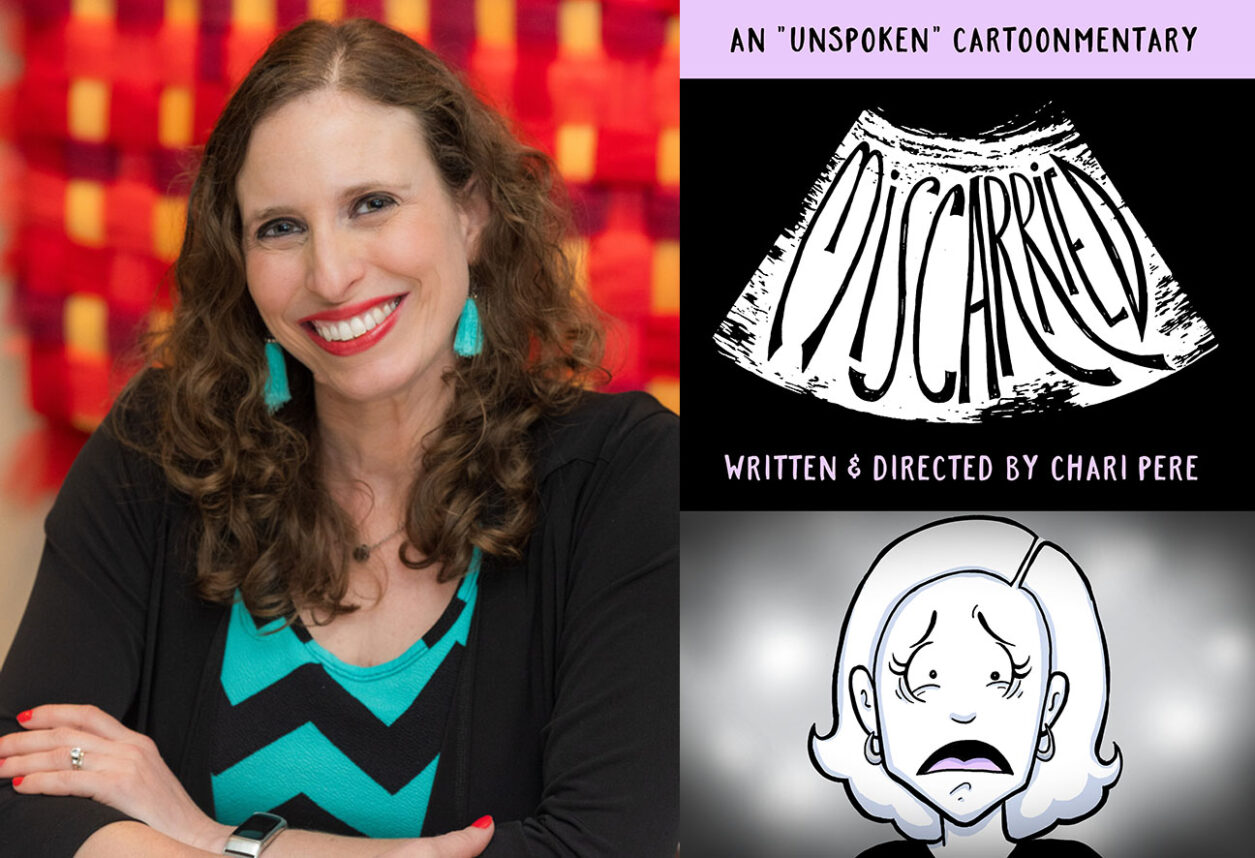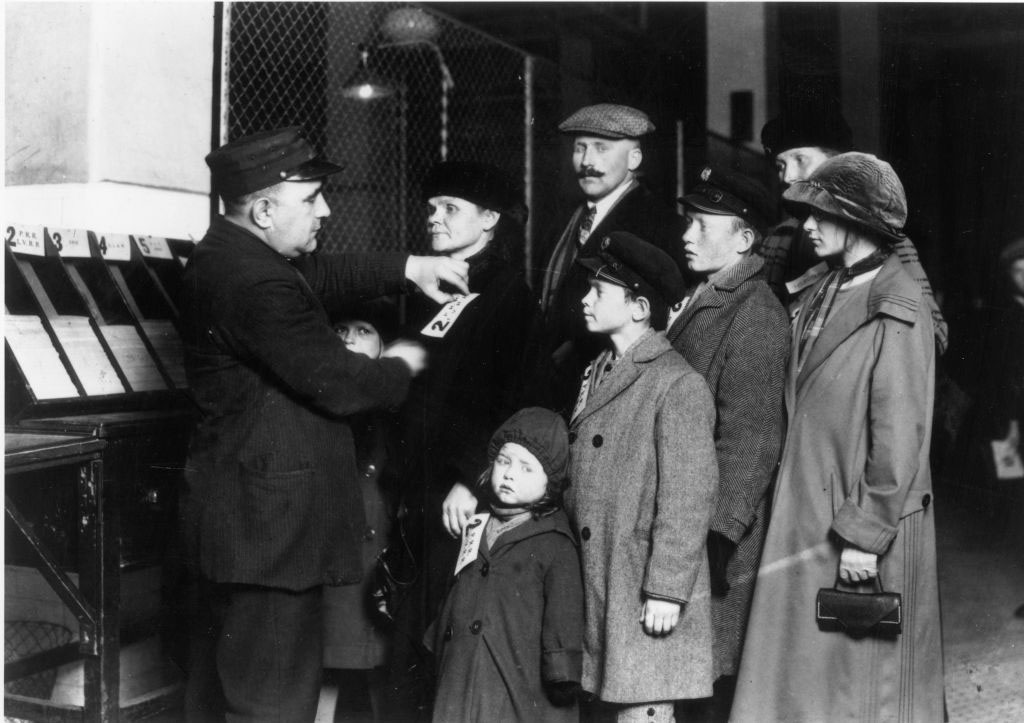 Javier_Art_Photography/Getty Images
Javier_Art_Photography/Getty Images If you asked most people what the Talmud is, they would probably say it’s a book of laws. That is only partially true: It’s an inter-generational discussion about Jewish law, with the formal codification of the law, halacha, taking place fifteen hundred years later. And throughout the Talmud are many stories.
Why would volumes of intricate discussions of law include stories that are anything but legal? Stories that tell of demons, recount interpersonal relations, and often delve into the realm of the mystical are seemingly out of place in such a context. A fascinating example is found in Kiddushin 29b. The rabbis are discussing who should be sent to study at the yeshiva, the father or the son. The rabbis decide, surprisingly to the modern mind, that it should be the father unless the son is unusually gifted.
After this decision is reached, a story is told about Rav Ya’akov, son of Rav Aha bar Ya’akov. The father decides to send his son to the yeshiva of the renowned Abaye, presumably because the son is very bright and would profit from his studies. However, the son comes home after a while and the father observes that his study is deficient. The father attributes the son’s lack of knowledge to the son not being as bright as he thought and follows the rabbis’ ruling that the father has first rights to study. He decides to replace the son at the yeshiva.
Now, Abaye hears that the father is coming. It is revealed to the reader that the yeshiva is plagued by the presence of a demon in the form of a seven-headed serpent. Abaye orders the townspeople not to host Rav Aha in their homes so that he would be forced to spend the night in the study hall of the yeshiva. Since he is a righteous man, thinks Abaye, perhaps a miracle will occur and the demon will die.
The story ends with Rav Aha entering the yeshiva for the night, since he has nowhere else to sleep, and being confronted by the serpent. Rav Aha prays, and with each bow during the prayers, as is the Jewish custom, a head of the serpent falls off until the serpent dies. The next day, Rav Aha rebukes the townspeople, saying that if a miracle had not occurred, he would have been in mortal danger.
The Aramaic word used for serpent or snake here is “tanina,” which has the same root as the word “learning” (tannin). The fact that the word for snake and the word for learning are so similar suggests that the snake is meant to instruct the reader of a lesson embedded in the story.
The story fairly begs interpretation: Why is there a lethal snake, seven-headed signals potent danger, in the study hall and in the yeshiva of a renowned rabbi? And why does the rabbi deceive the righteous man to rid him of the serpent? Why could he not rid the yeshiva of the evil presence himself?
Clearly, the story is a parable. At least, we know now that the promising youngster’s lack of success had been due to a yeshiva that was deeply problematic. There lurked in the yeshiva something sinister, represented by the serpent.
Let’s go back to the beginning. The story is embedded in a discussion about who has precedence in study, a father or a son. The topic is the issue of the transmission of that learning from teacher to the most capable students to ensure Jewish continuity. The central place for that sacred task is the yeshiva.
If the institution to which learning is entrusted is corrupt—a seven-headed serpent represents some profound moral or ethical issue at the epicentre of study—then the whole noble enterprise is subverted. If the leadership is incapable of eradicating the problem, perhaps even complicit—Abaye was powerless to rid his yeshiva of its ills—then the message is that Jewish learning is jeopardized if its centers of learning are not worthy of their sacred task.
The function of the story is to demonstrate that the law is one thing, and the implementation of the law is quite another. Attendance at yeshiva fulfills its role only if the place of learning is functioning as it should. The story constitutes a caution not to take the quality of education and the moral and ethical atmosphere of the study hall for granted.
The same rabbis who discuss talmudic laws were the ones who composed the stories. They understood that the wise and thoughtful application of the law is as important as the law itself.
The Talmud’s discussion establishes a legal principle, and the story grounds law in the real world.
Dr. Paul Socken is Distinguished Professor Emeritus and founder of the Jewish Studies program at the University of Waterloo.






















 More news and opinions than at a Shabbat dinner, right in your inbox.
More news and opinions than at a Shabbat dinner, right in your inbox.